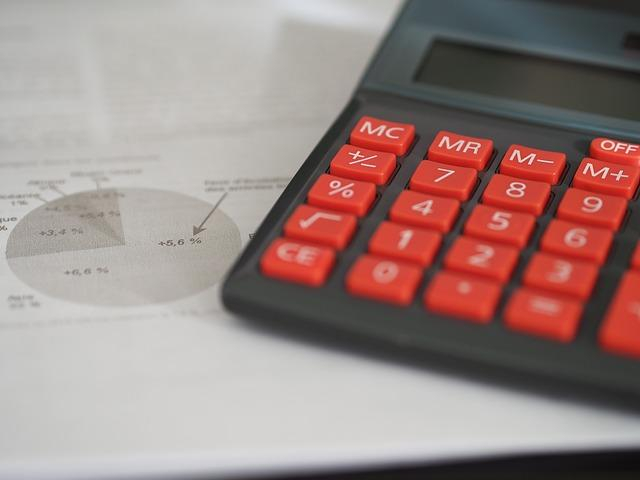 Forex trading, or foreign exchange trading is the exchange of one currency for another. The rate is referred to as the exchange rate, and generally a physical exchange of one currency for another occurs. Forex trading is the most liquid and most active trading within the global capital markets, with more than 4 trillion in notional dollar exchanged per day.
Forex trading, or foreign exchange trading is the exchange of one currency for another. The rate is referred to as the exchange rate, and generally a physical exchange of one currency for another occurs. Forex trading is the most liquid and most active trading within the global capital markets, with more than 4 trillion in notional dollar exchanged per day.
Forex trading occurs around the clock, 24-hours a day, six days a week. The most active periods is during European trading hours, with North American trading coming in second and the Asian time zone bringing up the rear.
The most common type of exchange rate in forex trading is the spot rate. This means that a physical exchange or settlement will occur within two business days of the transaction. Some forex trading occurs the next day and is referred to a tomnext. Additionally there is forward rate trading where an exchange for a currency will occur as someday beyond two business days.
The most active currencies in forex trading are the major. A major currency pair is a pair that includes the U.S. dollar. The Euro, the Pound, the Swiss Franc, the Yen, the Canadian dollar and the Australian dollar are all currencies that are considered major currencies when paired with the U.S. dollar. If a currency pair is not a major it can be categorized as either a minor pair, a cross pair or an emerging market pair.
Emerging market currency pairs are volatile and reflect the exchange rate of non-developed countries such as Chile, or Malaysia. Pairs of major currencies that are not paired with the U.S. dollar are referred to as cross pairs. For example, the EUR/JPY which is the Euro versus the Japanese Yen is a cross currency pair. If a currency is not a major or a cross or an emerging market currency and is paired versus the U.S. dollar then it is referred to as a minor currency pair.
Forex traders generally rely on Forex brokers to facilitate trading. A forex broker will work with a client and provide pricing on a plethora of difference currency pairs. Many will provide a trading platform which allows a forex trader the opportunity to trade currencies online or via a mobile application. Forex trading also includes margin and leverage where a trader can use additional funds to enhance their returns.
Forex trading is active, and currency pairs can remain range bound for weeks before breaking out and trending for weeks at a time. Forex trading requires multiple types of analysis which include fundamental analysis and technical analysis.
Fundamental analysis is the study of economic information and the ability of different economic statistics to work their way into changes in the exchange rate. Changes in interest rates will flow over into currency rates based on changes in the economic backdrop of a currency. Technical analysis is the study of price action and the concept that past movements in prices can forecast future movements in currency pairs.
